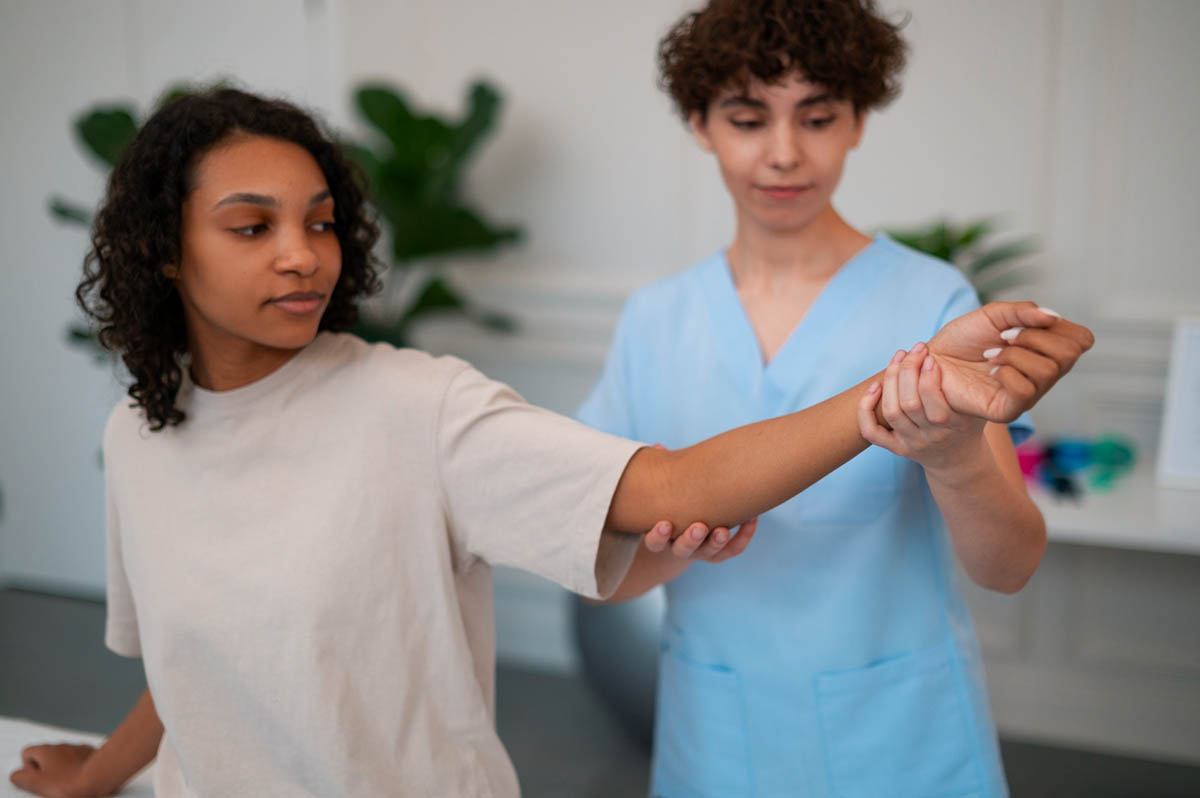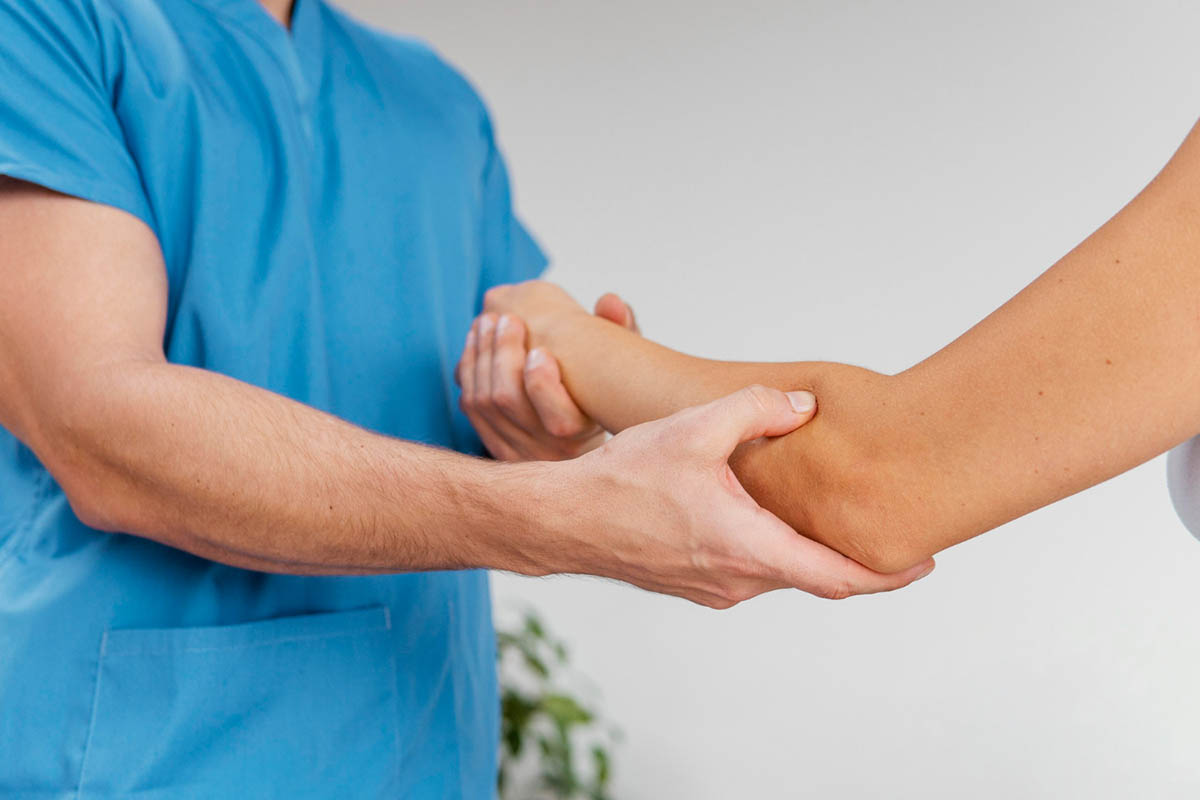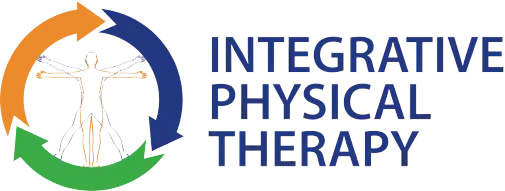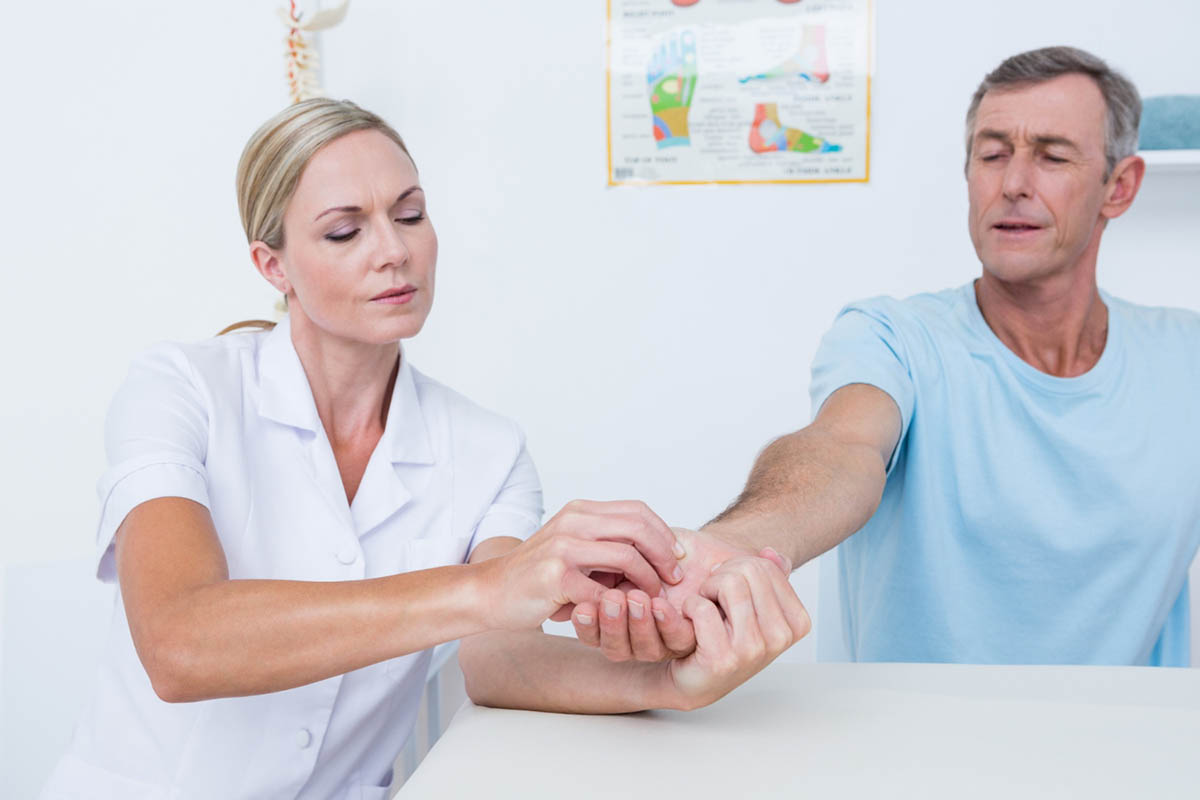Introduction
Carpal tunnel syndrome is a common upper limb compressive neuropathy that affects 4–6% of the population. This condition leads to pain, numbness, and tingling in the hand and arm due to nerve injury. While conservative treatments and nonsurgical options can provide relief, carpal tunnel surgery often becomes a necessary treatment option for lasting improvement. This procedure, however, is just the beginning of the journey to recovery. The phase of physical therapy post-surgery is crucial for regaining strength and functionality.
This blog post dives into the importance of physical therapy after carpal tunnel surgery, exploring the benefits, necessary exercises, and the best timing to kickstart your rehabilitation for an effective and swift recovery.
Understanding Carpal Tunnel Surgery and Its Impact
Carpal tunnel syndrome involves the compression of the median nerve within the narrow passageway of the wrist known as the carpal tunnel. This condition can significantly affect the upper extremity’s functionality, leading to difficulty in performing everyday tasks. When conservative treatments and nonsurgical treatment options prove insufficient, surgery for carpal tunnel, known as carpal tunnel release becomes the next step.
This procedure aims to relieve pressure on the median nerve by cutting the ligament pressing against it. Although the surgery can provide immediate symptom relief, it also necessitates a period of rehabilitation to restore full hand and wrist function, highlighting the need for post-surgical physical therapy.
Why is Physical Therapy Important after Carpal Tunnel Surgery?
Post-operative care, including physical therapy, is important for a full recovery after carpal tunnel surgery. Interestingly, evidence suggests that physical therapy is just as effective as surgery in treating this medical condition for certain individuals. This highlighting its critical role in the rehabilitation process.
Physical therapy treatment not only helps manage pain and reduce swelling but also plays an important role in regaining strength, flexibility, and function. It facilitates a return to everyday activities through a personalized exercise program designed to restore the upper extremity’s full capabilities.
Do You Need Physical Therapy after Carpal Tunnel Surgery?

Yes, engaging in physical therapy is crucial for a successful recovery. It offers a structured pathway to regain hand and wrist function, enabling patients to resume their everyday tasks and activities without limitations.
Benefits of Physical Therapy in Post-Surgical Recovery
Physical therapy offers numerous benefits during the recovery process, especially when started just days after surgery. It employs various techniques, including manual therapy and exercise programs, to ensure a comprehensive recovery.
Reduced Pain and Swelling
Employing ice therapy, manual therapy, and specific exercises, physical therapy significantly reduces pain and swelling experienced post-surgery.
Improved Range of Motion
Exercises designed to increase flexibility and movement range help overcome stiffness, ensuring a smoother and more efficient recovery.
Restored Hand and Wrist Functionality
Regaining the ability to perform everyday tasks without discomfort is a major goal of physical therapy, aiming to restore hand and wrist functionality to its pre-surgery state.
Strengthened Muscles and Ligaments
Physical therapy involves exercises to rebuild the strength of muscles and ligaments weakened by surgery or the condition preceding it.
Enhanced Flexibility and Joint Mobility
Flexibility exercises are crucial for improving joint mobility and facilitating the fine motor skills required for hand movements.
Accelerated Healing and Tissue Repair
The increased blood flow promoted by physical therapy exercises accelerates healing and tissue repair, which is crucial in the days after surgery.
Prevention of Scar Tissue Formation
Physical therapy utilizes specific techniques to minimize the formation of scar tissue, which can limit movement if not addressed.
Increased Blood Circulation and Oxygenation
Exercises that enhance blood circulation aid in delivering essential nutrients and oxygen to the healing tissues, supporting the recovery process.
Improved Nerve Conduction and Sensation
Therapy aims to rehabilitate nerve function, addressing numbness or tingling sensations resulting from nerve injury.
Enhanced Overall Rehabilitation Outcomes
Adhering to a physical therapy program significantly improves the outcomes of post surgical rehabilitation, ensuring a quicker and more comprehensive recovery.
When to Start Physical Therapy after Carpal Tunnel Surgery
Initiating physical therapy at an appropriate time is crucial for optimal recovery. Generally, it is recommended to start physical therapy a few days after surgery, depending on the individual’s recovery progress and the extent of post-surgical swelling or discomfort.
Essential Physical Therapy Exercises after Carpal Tunnel Surgery

Physical therapy incorporates an extensive range of exercises, each tailored to meet individual recovery needs and goals, promoting a return to activities.
Hand and Wrist Mobility Exercises
- Finger Stretches and Extensions: These physical therapy exercises after carpal tunnel surgery involve gently pulling each finger back towards the wrist, then pushing them forward, holding each position for a few seconds. This improves flexibility and aids in the recovery of the fingers’ full range of motion, which is vital for tasks like typing or playing musical instruments.
- Wrist Rotations and Circles: By extending the arm forward and rotating the wrist clockwise and then counterclockwise, this exercise enhances the wrist’s joint mobility. It is crucial for the smooth execution of rotating movements required in daily activities, such as opening jars or using tools.
Strengthening the Hand and Wrist Muscles
- Finger Squeezes Using a Stress Ball or Therapy Putty: Squeezing and releasing a stress ball or therapy putty strengthens the muscles in the hands and fingers. This exercise is not only therapeutic but also helps rebuild muscle strength lost during the period of immobilization post-surgery, facilitating a return to tasks that require grip strength, like holding a pen or carrying grocery bags.
Range of Motion Exercises for Fingers and Thumb
- Thumb Opposition Exercises: These involve touching the thumb to each fingertip on the same hand, then gently stretching the thumb away from the palm. Promoting flexibility and strength in the thumb, these exercises are crucial for regaining the ability to perform tasks that require pinching or grasping, such as buttoning a shirt or using a smartphone.
Grip Strength and Dexterity Exercises
- Playing with Therapy Putty or Clay: Manipulating therapy putty or clay through various movements like pinching, rolling, and squeezing. It helps in regaining grip strength and dexterity. These activities are not only therapeutic but also crucial for tasks that require fine motor skills, such as writing, cooking, or crafting.
Coordination and Fine Motor Skills Exercises
- Performing Precision Tasks: Engaging in activities that require precise finger movements, such as picking up small objects, threading needles, or assembling puzzles, can significantly improve coordination and fine motor skills. These tasks help retrain the hand and fingers to perform complex movements, ensuring patients with diagnosis can return to their everyday tasks and hobbies without limitation.
When should you seek medical help?
Immediate medical attention is crucial if one experiences intense pain, significant swelling, or signs of infection. These symptoms from surgery could indicate complications that require prompt intervention to prevent further nerve injury.
Conclusions
Physical therapy after carpal tunnel surgery is important for a full and speedy recovery. It ensures patients can overcome the challenges posed by surgery, returning to their everyday lives with enhanced functionality and without pain. As advised by health care providers, following a comprehensive physical therapy program is the cornerstone of achieving the best recovery outcomes.
If you’re struggling with carpal tunnel syndrome or other hand and wrist issues. Take the first step towards a pain-free, functional future by scheduling a comprehensive hand evaluation with Integrative Physical Therapy. Your hands deserve the best care available, and our skilled physical therapist is here to help you regain full function.
FAQs
How soon can you start PT after carpal tunnel surgery?
Determining when to start physical therapy after carpal tunnel surgery is a crucial step in planning your recovery journey. Starting PT after carpal tunnel surgery typically depends on the specific recommendations of your surgeon or healthcare provider. In many cases, physical therapy starts within a few days to a couple of weeks post-surgery, based on individual healing progress and any specific instructions from the surgical team.
What is the fastest way to recover from carpal tunnel surgery?
Adhering to post-operative instructions, engaging in a prescribed physical exercise program, and maintaining a healthy lifestyle are key to a speedy recovery.
When is it too late for physical therapy after surgery?
It’s never too late to begin physical therapy. Starting at any point can still contribute significantly to improving hand function and reducing discomfort, even if initiated later in the recovery process.


